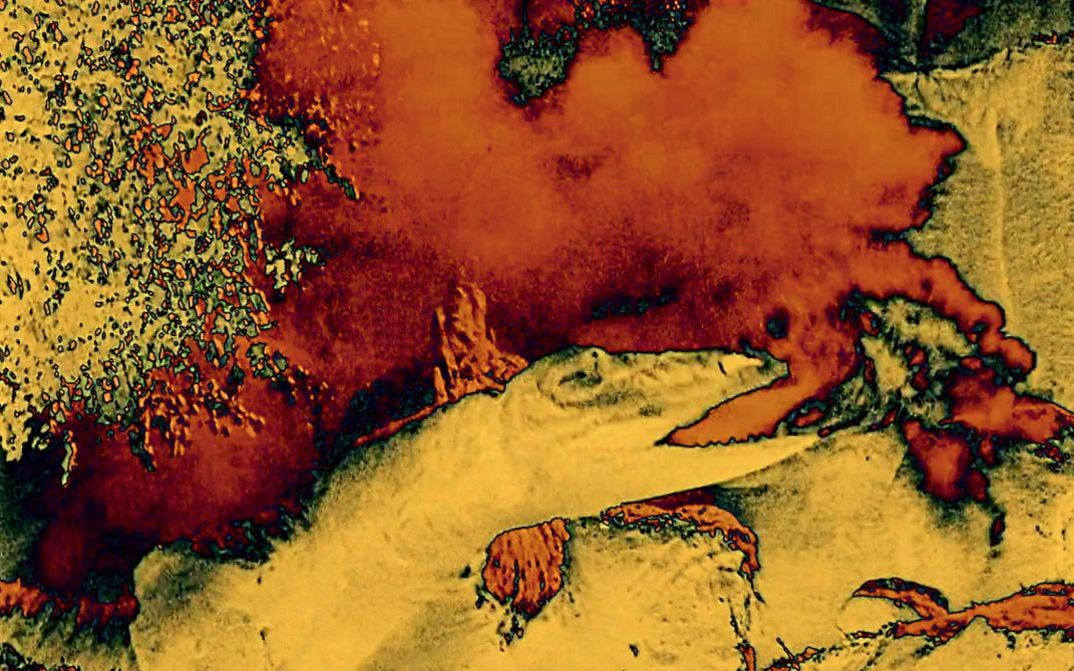Forum-Expanded-Programm

Sat 23.07.
20:00
Cinema
Arsenal 1
From the Forum Expanded program, the films O DENTE DO DRAGÃO (Rafael Castanheira Parrode, Brazil 2022) and SONNE UNTER TAGE (Alex Gerbaulet and Mareike Bernien, Germany 2021) explore the long-term social, political, and personal consequences of human use of radioactive minerals. In Goiânia in Brazil, site of one of the biggest non-military nuclear incidents in history, and the surroundings of the Wismut-AG uranium mines in Thuringia and Saxony, they each search for the traces of an invisible danger with a long half-life: contaminated archive material, radioactive artifacts, accounts from those there at the time, and the impressive treatment of gaps and ellipses create a complex portrait of natural and political processes that are equally unbounded. In VS (Österreich 2021), Lydia Nsiah trains her camera on another place where invisibility is concentrated in potent fashion: hermetic, non-descript Internet computer centers are given an irresistible, impenetrable lure via a rotating vortex of images.
Director
Rafael Castanheira Parrode
Brazil / 2022
27 min.
/ Original version with English subtitles
Original language
Portuguese, English
After killing the dragon, Cadmus released the blue curse, spreading like dust into the city.
The second-biggest nuclear accident in the world happened in Goiânia, capital of Goiás, Brazil. In September 1987, two scrap collectors looking through an abandoned clinic (Goiânia Radiotherapy Institute) found an old radiotherapy device. Moved by curiosity with the machine, they took it to a junkyard, where they disassembled it and extracted a capsule containing a blue powder that glowed in the dark. From that night onwards, the radiation spread unseen throughout the city, contaminating more than a hundred people, leaving deep marks and traumas. From a collage of contaminated images, radioactive ghosts emerge, embedded in the history of that place.
Director
Alex Gerbaulet, Mareike Bernien
Germany / 2021
39 min.
/ Original version with English subtitles
Original language
German
A the village edge runs a gravel path, through fields and up to the fence, charted on the map of former uranium mining sites in Saxony and Thuringia. From 1946 to 1990 the Soviet corporation SAG Wismut mined uranium there for the USSR’s atomic weapons program. Above, socialism radiates into the future, below, an ancient rock radiates out of the torn up earth. The GDR environmental movement shines a light on the path. Night. Darkness. A group of people, a flashlight, a strip of x-ray film is buried in the gravel. The ground exposes the film, leaving behind a trace of its invisible rays. The film SONNE UNTER TAGE follows this trace horizontally through the landscapes of today, marked by dismantling and restructuring, and vertically through the ground as an archive. Deep boreholes through space and time track the sedimented narratives surrounding the element uranium, materially, metaphorically, and geopolitically. How does it haunt the landscape? How is it linked to the ghost of socialism? What biographies rearrange and beleaguer the sites of its excavation? How does it continue to radiate in the media that record it? How can the spectrum of the visible be shifted in order to bring its invisible rays into the image, to make it possible to hear them or feel them?
Director
Lydia Nsiah
Austria / 2021
8 min.
/ Without dialogue
VS (or “virtual spiral”) deals with the dynamics between time and body in film. On digital video and expired 16mm film the processual nature of time and (film) body is visually transformed by spiraling camera movements. Contrary movements, distance, and proximity or depth and surface enter into a dialogue with each other. The spiral runs like a thread through the film. To create the spiraling effect, Lydia Nsiah invented a camera tracking machine and shot in studio, operating the movements of the camera live while recording. On screen we see found footage of data centers—recordings of the physical bodies of our omnipresent data cloud. Hui Ye composed the film’s immersive sound space interacting with the hypnotic and spiraling data body images.